

CarExpert.com.au
The CarExpert team's favourite cars of 2025
2 Days Ago
As practical as the new Land Rover Defender 110 is, the short-wheelbase 90 is the one you want on styling alone.
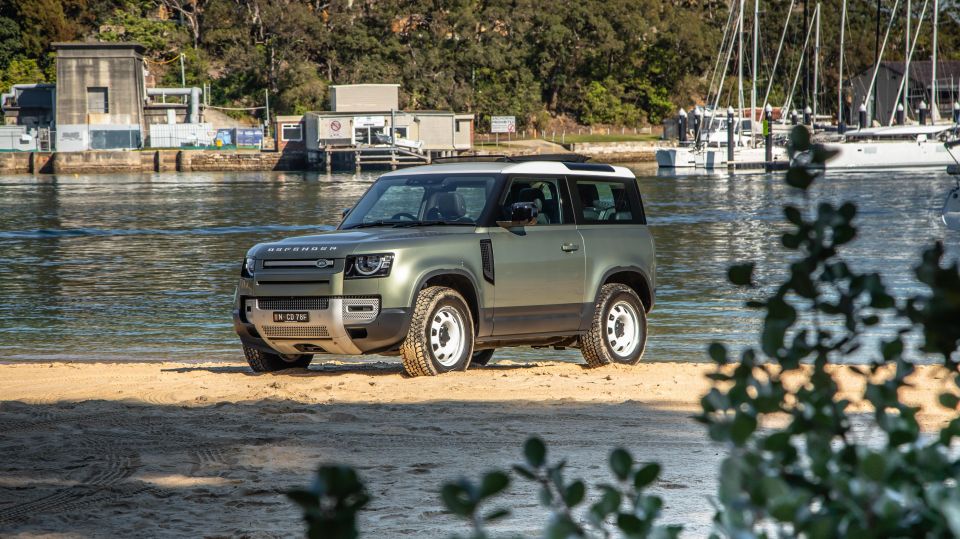


Senior Road Tester
New from
$87,490
excl. on-roads

Senior Road Tester
New from
$87,490
excl. on-roads


Senior Road Tester
New from
$87,490
excl. on-roads

Senior Road Tester
New from
$87,490
excl. on-roads
Quickly see how this car stacks up against its competition. Select any benchmark to see more details.
Where expert car reviews meet expert car buying – CarExpert gives you trusted advice, personalised service and real savings on your next new car.
You know you’re heading for a financial hit the moment you catch yourself looking back at a press car every time you get out. In this case it’s the new Land Rover Defender 90 D250 S.
It’s not something I was expecting. After attending the local launch of the Defender 110 P400 up around Lithgow more than a year ago, I was convinced.
We put it through some challenging off-road terrain and some fantastic country roads, and I was so convinced about the 110 that driving the ‘shorty’ wasn’t really appealing to me.
In my mind, it was too small to be practical, and was instead an exercise in style.
Diesel engines didn’t factor into my own Defender, either, as nothing was going to swing me away from the cracking petrol-powered 3.0-litre six-cylinder we drove at launch.
Why on earth would anyone want a Defender 90 with its compromised load space, seating, and inescapable short wheelbase ride shortcomings?

Moreover, why bother with a diesel these days given they’re more than likely on the way out for good. That was before I got my hands on a Defender 90 D250 S.
After all, a short wheelbase (80in) off-roader was where it started for Land Rover, as far back as 1948 when it was testing pre-production cars through Packington Ford, in Warwickshire.
The profile of the short-wheelbase Land Rover was perfect, even as it grew to 86 and onto 88 inches as time went by, which is why the new Defender 90 looks so damn good. It’s a global icon, and it’s been that way for 73 years.
Stylistically, the new 90 is revolutionary alongside the original, but with an instantly recognisable silhouette and the short overhangs essential for proper off-roading.
Under the bonnet, you’ve got the choice of five petrol and diesel engines offering power, refinement, and efficiency, partnered with the latest off-road technology Land Rover has to offer.
And just like older Land Rovers buyers can option a jump seat for the front row, which transforms your Defender 90 into a six-seater. Brilliant.
It’s fascinating to me that in 1948 you could purchase a Land Rover (80-inch wheelbase) for £450, with an in-line four-cylinder making 37kW and 108Nm.
You also got a four-speed manual gearbox, 45-litre fuel tank and 16-inch, one-piece pressed-steel wheels with drum brakes. That’s about it.
How times have changed. Here’s where the three-door Defender 90 loses a bit of its sparkle, at least against its larger and more versatile, five-door 110 stablemate.
Our Defender 90 D250 S costs $90,450 before on-road costs, and you can get the same spec in a 110 model for $91,220 – just $770 more.
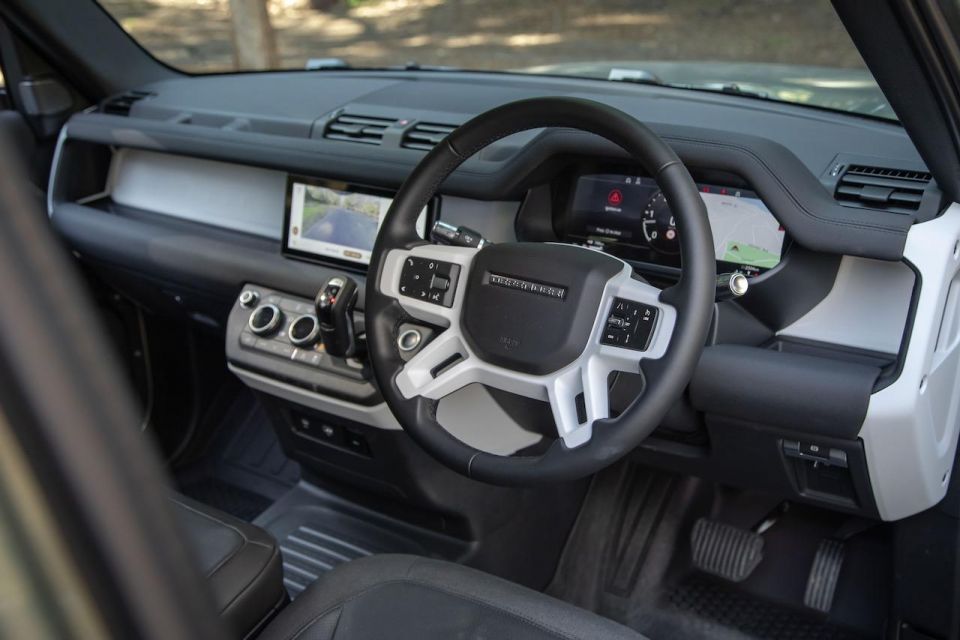
There’s another downside, too, as some buyers may see it, in the fact you can get the more powerful D300 engine in the 110 Series, but not in the 90 at this point.
In all fairness, you can own a Defender 90 for as little as $74,640 for the entry P300, and it’s noticeably quicker out of the blocks than the D250 tested here.
With 17 variants available across the entire Defender range, there’s bound to be a spec to suit all prospective buyers, but the D250 S is what I regard as the absolute sweet spot in the line-up.
The only legitimate rival in terms of off-road capability is the (five-door) Jeep Wrangler Unlimited Rubicon, which is priced from $67,450 excluding on-road costs, but it’s not in the same league with refinement and technology.
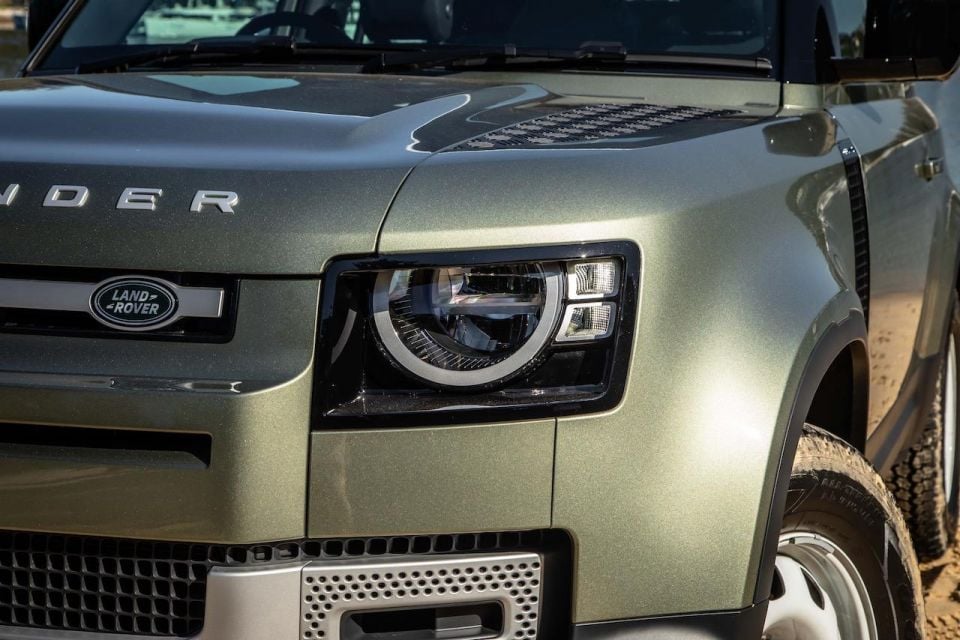
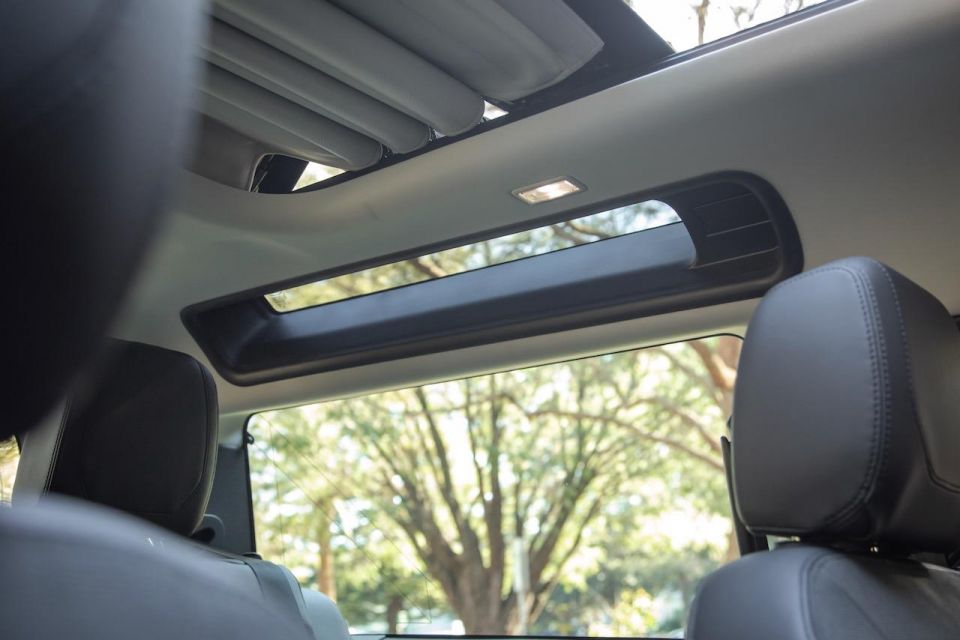
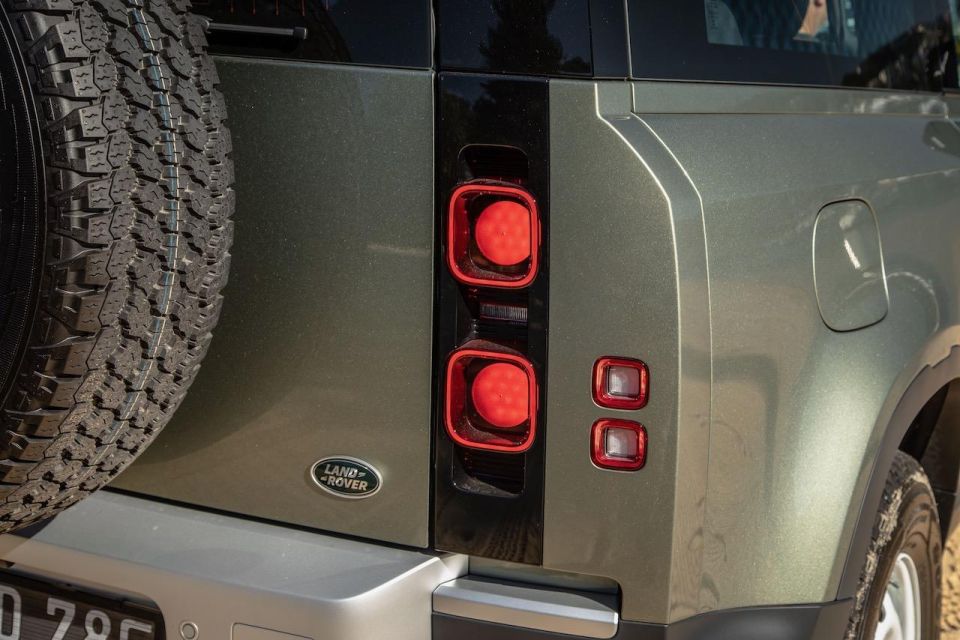
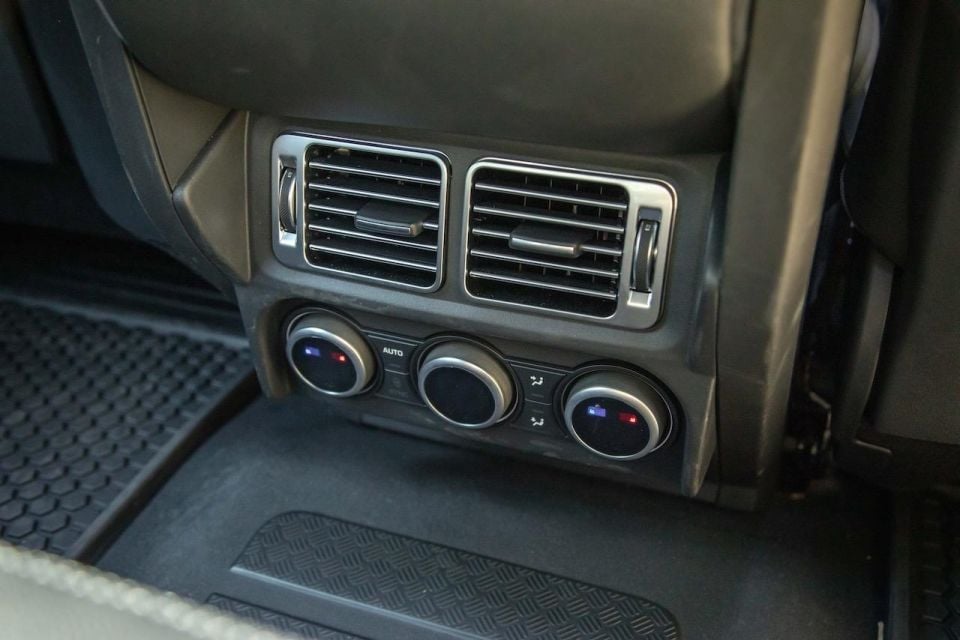
Buy your new car without the stress. It's fast, simple and completely free.

Great service from Travis and team, second time I have used this business would not hesitate to recommend them to anyone
Craig C.
Purchased a Ford Ranger in Sunshine Coast, QLD
CarExpert helped Craig save thousands on his Ford Ranger, now let us save you on your next new car.
Find a dealEven the entry model Defender 90 commands a fair few bucks, which is why all variants are relatively well-equipped.
Our Defender 90 D250 S is one step up from base in the spec department and gets even more kit, including:
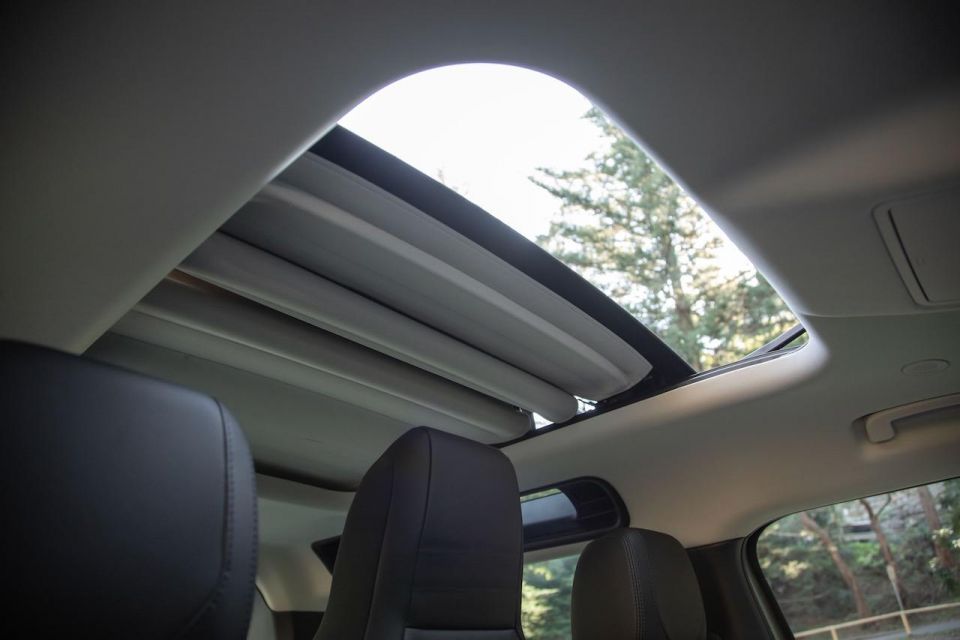

Our Pangea Green Land Rover Defender 90 D250 S was also fitted with a bunch of optional extras, including:
Th options bumped the price of our tester to $108,388 before on-road costs, which isn’t far off the P400 X that’s priced from $110,640 before on-roads.
It’s something to consider before final purchase, we’d suggest.
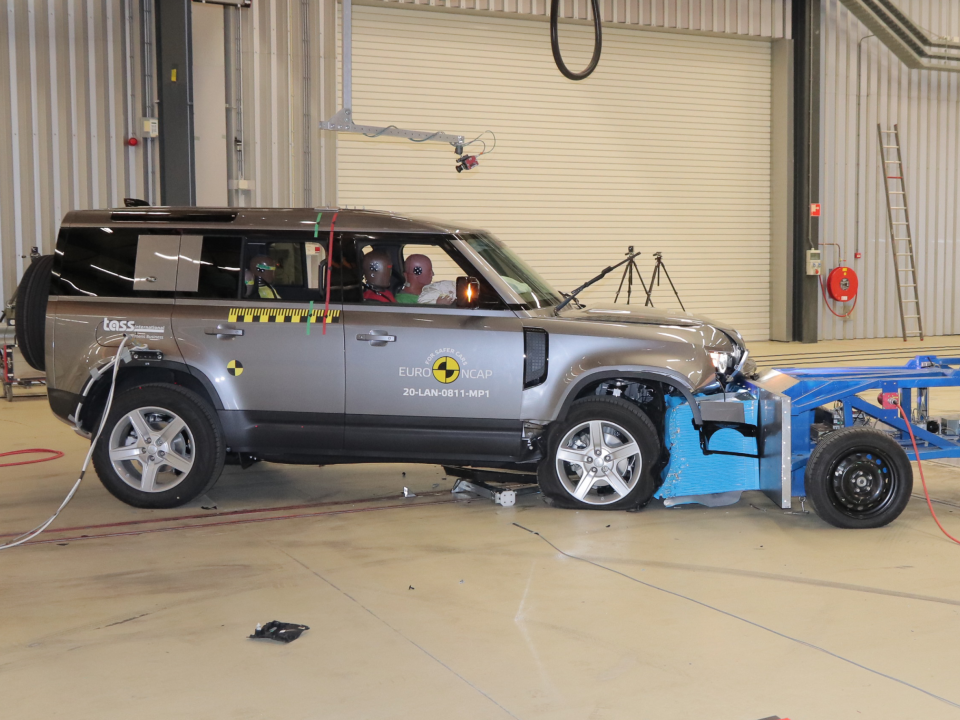
Only the Land Rover Defender 110 has been crash tested to date, leaving the smaller three-door Defender 90 without a crash test rating. Nevertheless, the larger Defender 110 range was awarded a five-star ANCAP safety rating based on tests carried out by Euro NCAP in 2020.
Individual crash test scores include 85 per cent for adult occupant protection, 88 per cent for child occupant protection, 71 per cent for vulnerable road user protection, and 76 per cent for safety assist.
All 2022 Defender models are equipped with the following safety systems as standard:
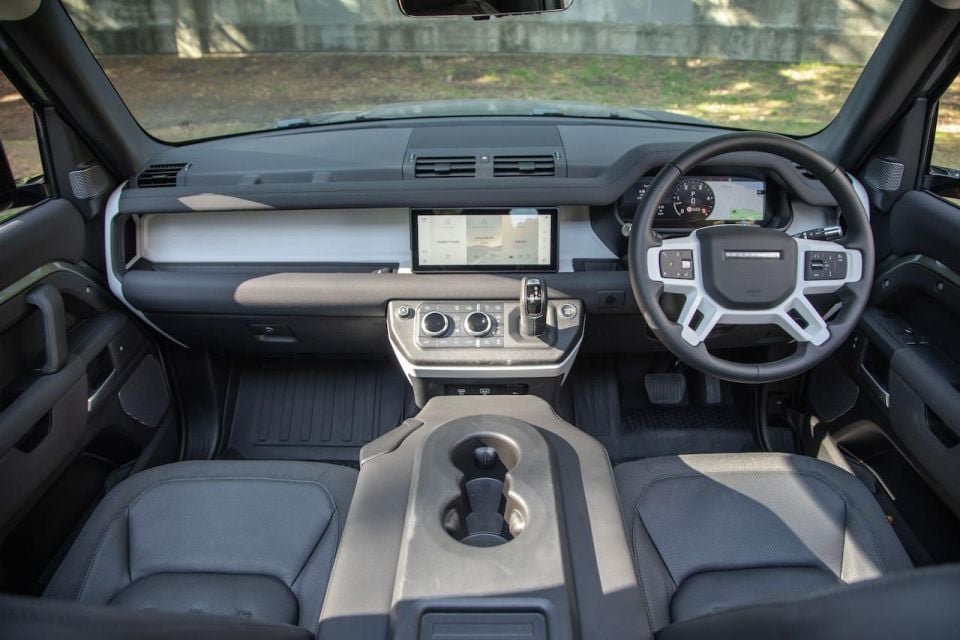
Cabins have become a bit generic these days. They’re dominated by touchscreens, maybe a few buttons and more often than not, fake leather upholstery.
The new Land Rover Defender is different. Gone is the no-frills attitude of the old model, functional as that was, replaced by an up-to-date workspace filled with all the mod cons you might expect in your $90,000 family hauler.
Our Defender D250 S is a mid-spec choice and gets an attractive blend of grained leather and robust woven textile facings, which makes for a hard-wearing and comfortable place to be that looks the business as the same time.
It’s by no means overtly luxurious, nor would you want it to be, but the plastics and materials are of high quality and smooth to the touch.

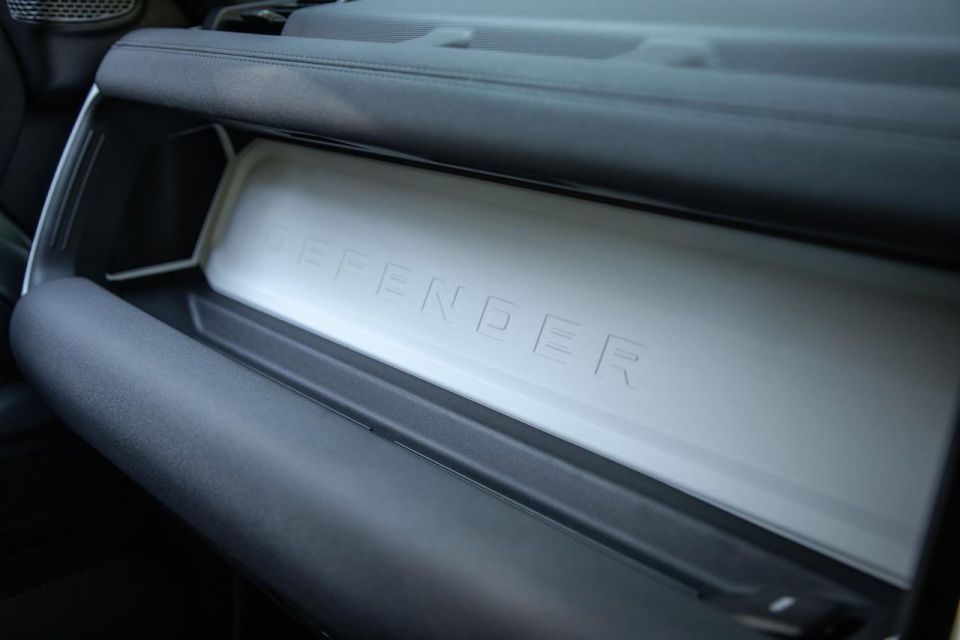
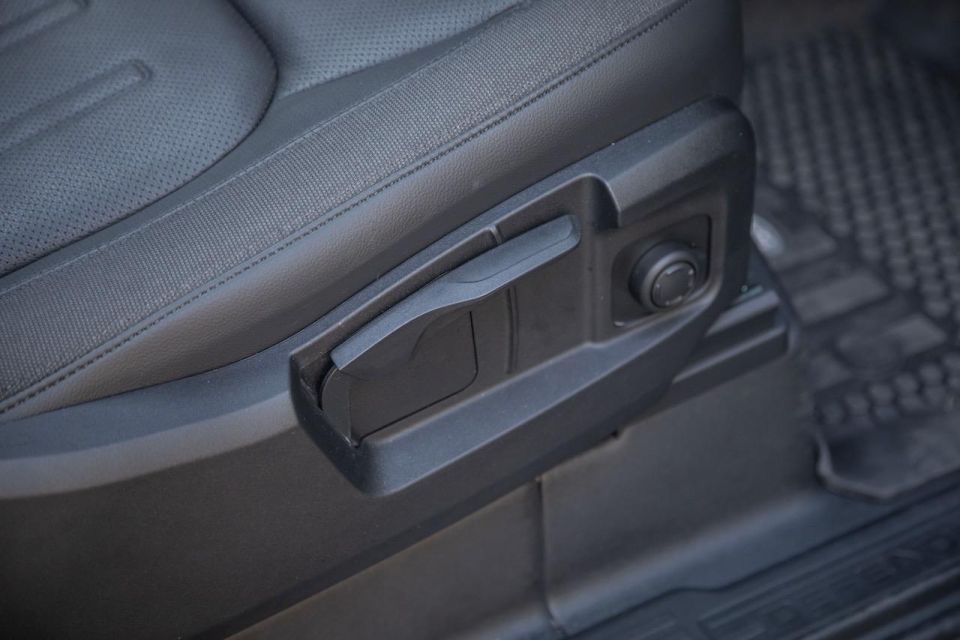
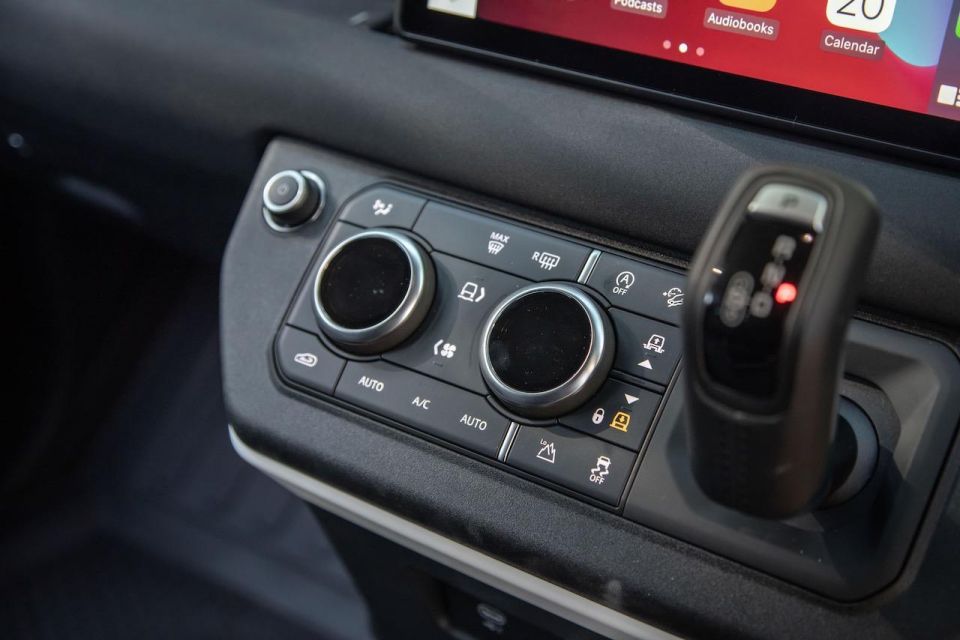
Honestly, this is industrial design at its very best. I think it’s bloody brilliant for the type of vehicle the Defender is.
There’s no dashboard to speak of, it’s an exposed structural crossbeam. While the standard colour is grey, ours was white. It’s stamped with ‘DEFENDER’ and looks the part.
Same goes for the doors. All the structural bits are exposed in lovely Pangea Green, with alloy rivets holding the door cards fast. It’s a smart look given the premium materials, but entirely utilitarian at the same time so you don’t have to worry about making a mess in here.
It’s as if the designers were expecting nothing less than kids and dogs back there.
The digital driver’s instrument display is a welcome addition and provides all the information you’re ever likely to need.
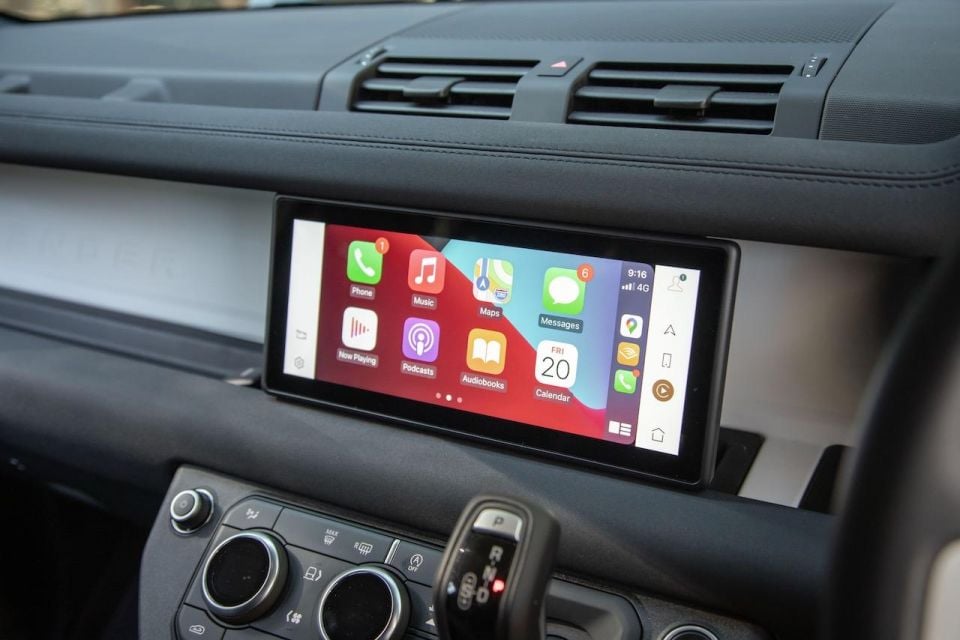
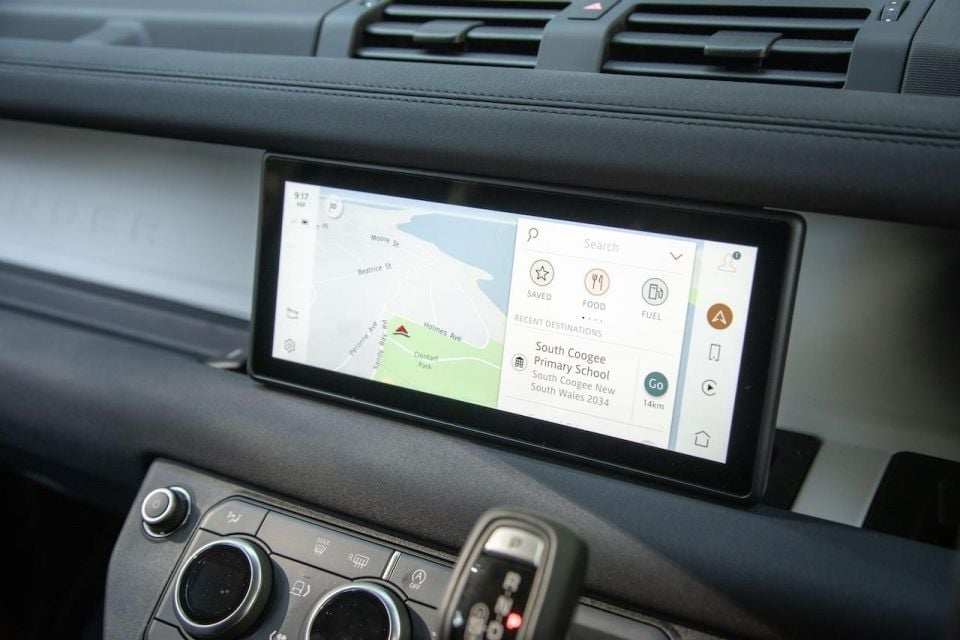
Ergonomics have been fixed, given the unmitigated disaster the old Defender was. It was almost impossible to get comfortable, and made the Jeep Wrangler feel like a Rolls-Royce in comparison.
In some ways it feels a bit like an early Land Rover Discovery, albeit with the very latest Pivi Pro infotainment system that also incorporates an off-road menu that you mother would find intuitive.
There’s a proper shifter placed to the immediate left of the start/stop button, as well as a few shortcut buttons, AC dials, and the off-road buttons.
Our tester was also fitted with the optional jump seat, just as the original had in 1948, which effectively transforms the Defender into a five-plus-one. Folded, it doubles as a central armrest with two cupholders.
As much as the jump seat affords extra people-moving capacity, you also lose one of the largest centre console bins in the business capable of swallowing all kinds of stuff, as well as a fridge and wireless charging. I think I’d go with the latter.



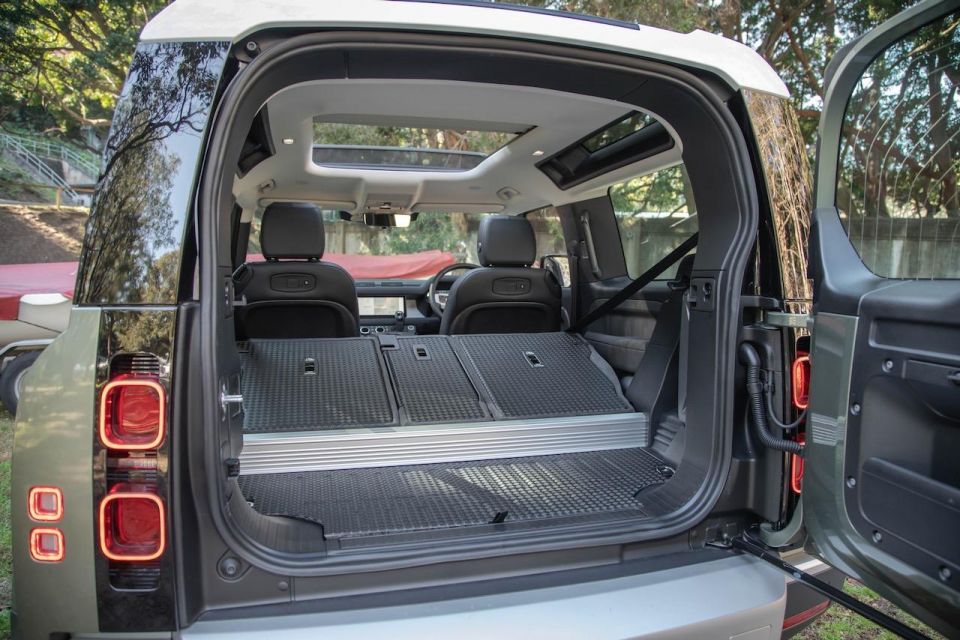
The second row offers excellent legroom with an almost-flat floor making it surprisingly comfortable, but it’s better for two than three people. There’s cupholders and plenty of USB-C ports and 12-volt plugs back there.
Getting up into the rear seats requires a degree of dexterity and flexibility in the legs and back, although the process of sliding the front seats forward is easy enough.
Boot space behind the rear seats is severely limited with room for shopping bags only or some sports equipment. I threw a tennis ball hopper with 100 balls and a large racquet bag in that space, with the side-hinged tailgate making it easy to access.
Fold the seats (40/20/40) and luggage space goes from 397L to 1563L, but they’re not completely flat and there’s a substantial lip protected by an alloy strip. You’ll get a mountain bike in there.
By comparison, the Defender 110 gets 646 litres of luggage capacity behind the rear seats.
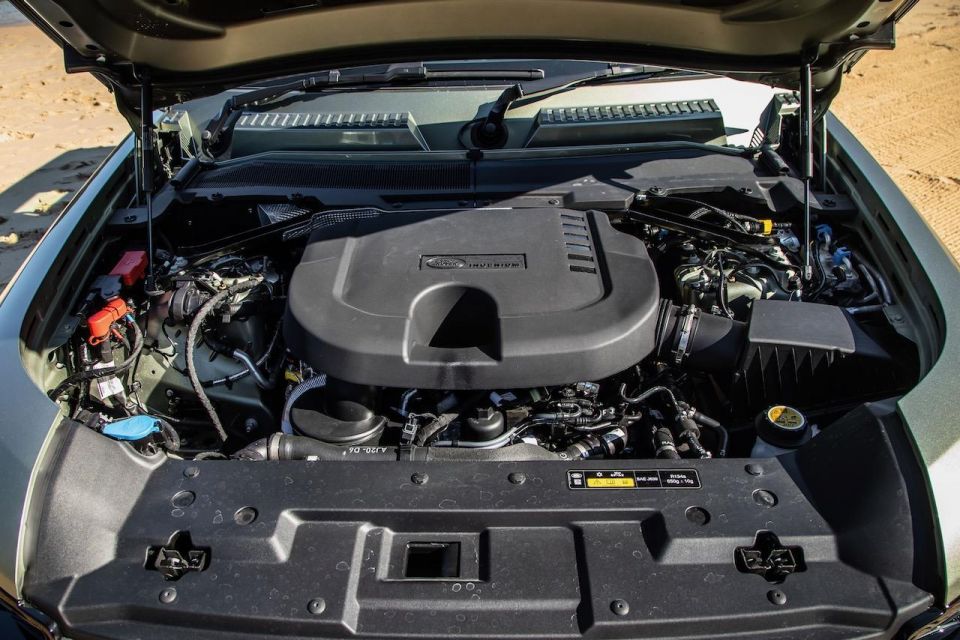
Powering the Defender D250 S is a 3.0-litre twin-turbo inline-six diesel making 183kW of power at 4000rpm, and 570Nm of torque between 1250 and 2250rpm.
It’s sent through an eight-speed auto transmission to the all four wheels.
It’s worth noting the 36kW and 70Nm gains over the entry Defender D200, as well as the 1.8 second quicker sprint to 100km/h – 8.0s for the D250, and 9.8s for the D200.
Both engines have the same displacement and both share Land Rover’s 48V mild-hybrid technology that helps with throttle response and the start/stop system.
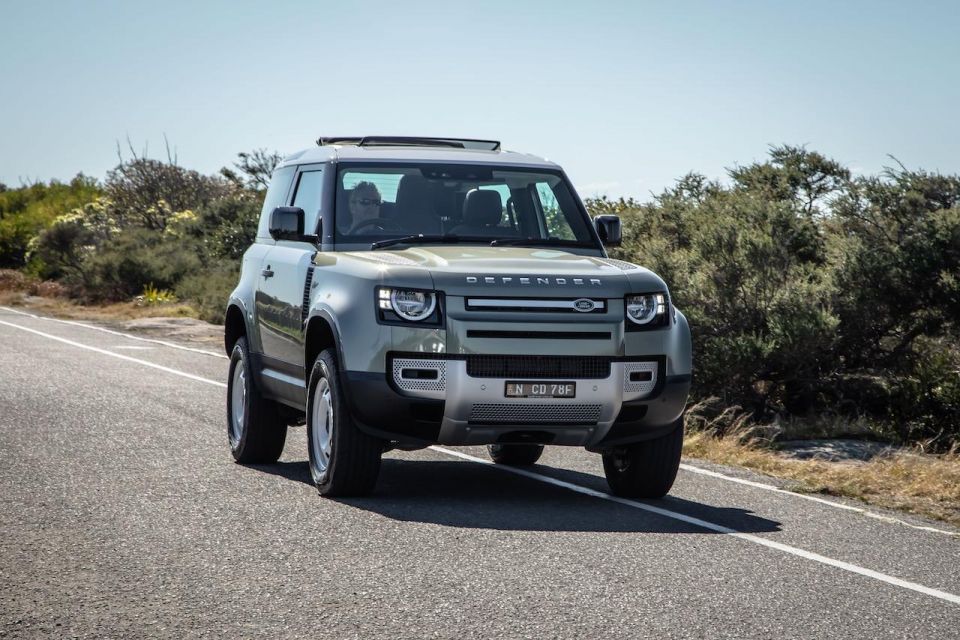
Going from the brilliant P400 petrol Defender to a diesel, I wasn’t expecting much. Turns out perceptions can be so wrong.
Firstly, you can’t hear this engine ticking over at idle, even parked in a driveway in a quiet street. It’s uncanny just refined it is. It’s also the only diesel SUV I can recall where I haven’t bothered disengaging the start/stop system, because it’s so quick and quiet.
There’s still some initial lag if you jump on the throttle, but it’s minimal before you soon feel all 570Nm at work a split second later. From that moment, all the grunt you need is linear and smooth for effortless pulling power underfoot.
It was still rocketing up one of Sydney’s steepest streets (in my LGA) with similar levels of refinement as you might get in an equivalent Range Rover Sport. This Ingenium diesel is a cracker makes you think twice about the need to go with the P400 petrol equivalent.
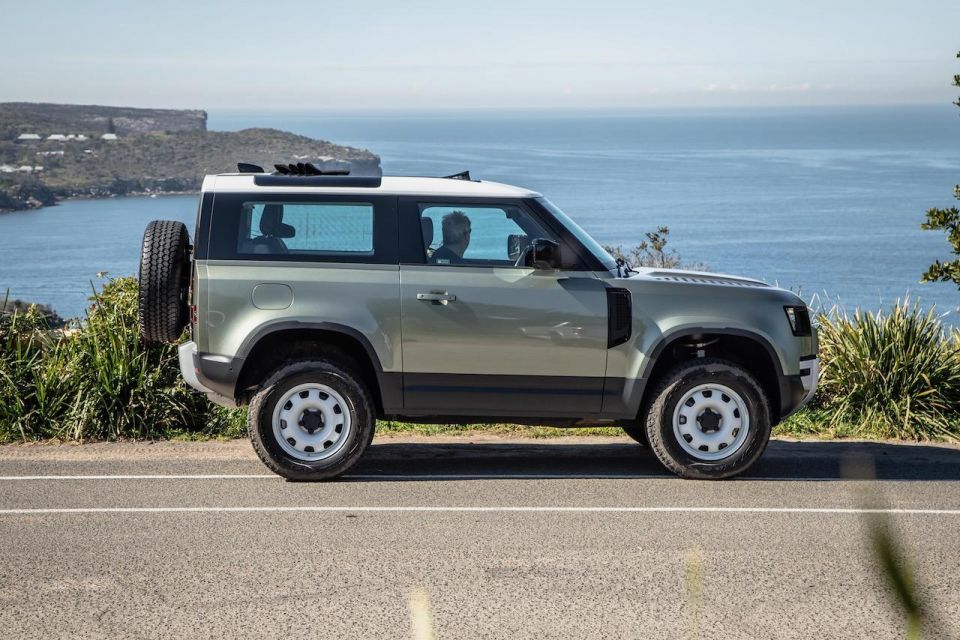
Much of that refinement comes down to the smooth eight-speed automatic transmission and its ability to select the right gear for each moment. It’s very good at that; so good in fact I only reached for the paddles (that aren’t there on this model) once or twice.
I haven’t driven a 90 with the standard coil springs and fixed suspension settings, but for just over $1300 tick the box that says ‘Air Suspension Pack’ for one of the best rides this side of a full-blown Range Rover.
It’s not quite as brilliant as it is in the 110 with its longer wheelbase, but ride comfort over poor surfaces and speed bumps is ridiculously good.
There’s still a bit of heaving and pitching when taking shaper corners at pace, but it’s composed and sure-footed at the same time. It’s also easy to navigate around tight spots and capable of U-turns in suburban streets.
Even the steering delivers the right feedback to the driver, and is one million times better than the last iteration of the previous Defender. The brakes, too, offer superb stopping power with great pedal feel to boot.

Where expert car reviews meet expert car buying – CarExpert gives you trusted advice, personalised service and real savings on your next new car.
All-in-all more of a luxury car feel than one of the world’s most capable off-roader.
We didn’t get chance to put the Defender D250 S through its paces off-road due to COVID restrictions in Sydney, watch our video of the Defender 90 P300 to see it in action.
Suffice to say, heading off-road is as easy as pressing a button, scrolling through Land Rover’s Terrain Response 2 menu, and selecting the type pf terrain you wish to tackle.
Towing is covered with a maximum braked capacity of 3500kg, with a max tow ball weight of 350kg.
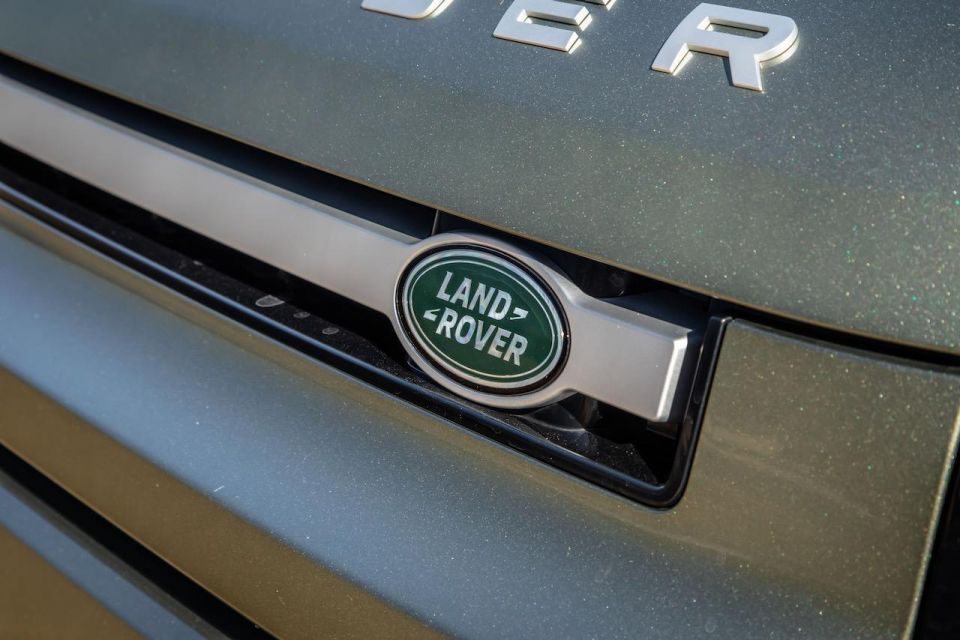
The entire Land Rover range is covered by a five-year, unlimited-kilometre warranty with five years of roadside assistance.
Land Rover buyers can also purchase a five-year/102,000km service package for $2650.
Land Rover claims 7.9L/100km fuel economy for the Defender 90 D250 S on a combined cycle, but we saw 9.9L/100km on the screen under test conditions.
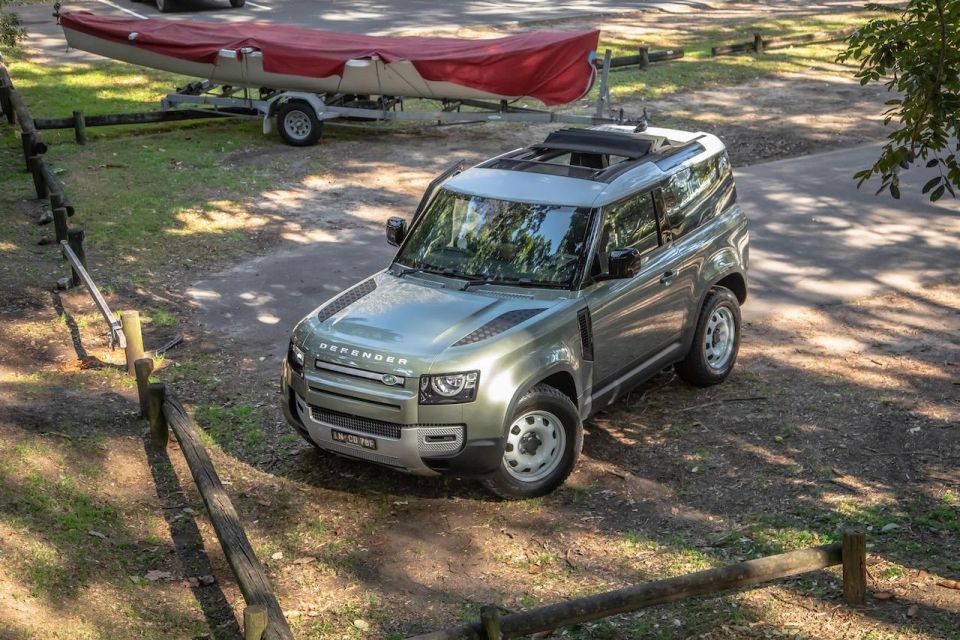
Less than a year ago at the launch of the Land Rover Defender 110 P400, I was sold. That’s the one I wanted.
But let’s be honest. The 90 has the killer looks and is easier to negotiate around town, not to mention its heroic off-road capability with more extreme approach and departure angles than the longer 110.
While three-door SUVs are never going to be as family-friendly as the equivalent five-door family chariots, the fact you can get six into a Defender 90 means you’ll find a way to make it work.
For those set on the Defender P400, it’s a cracking engine with loads of versatility, but I urge you to take a D250 for a test drive. It’s going to make that choice even harder because it maybe better suited to your adventurous lifestyle.
Where do I sign?
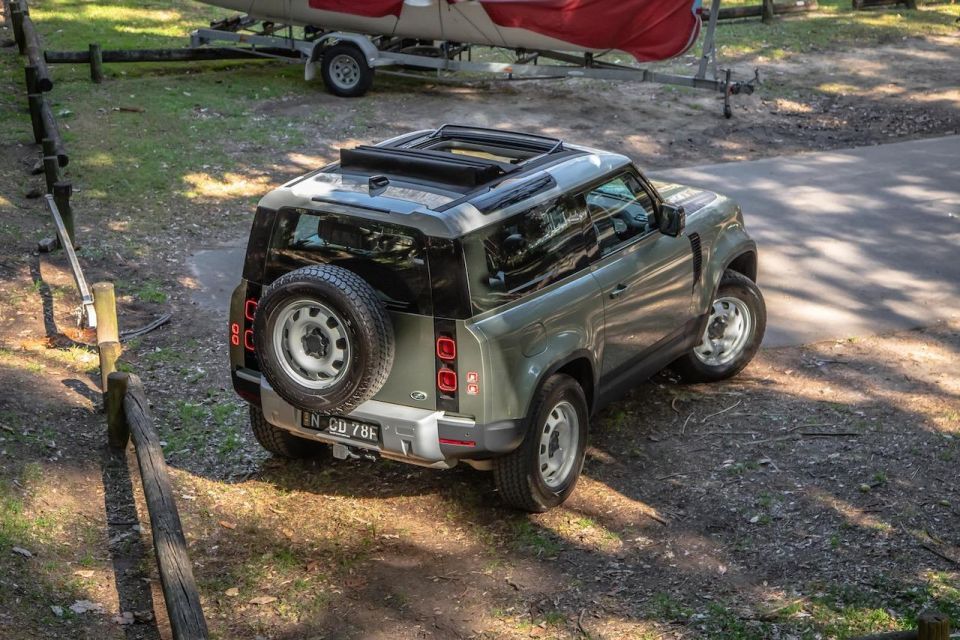
Click the images for the full gallery
Where expert car reviews meet expert car buying – CarExpert gives you trusted advice, personalised service and real savings on your next new car.
Anthony Crawford is a CarExpert co-founder and senior presenter with 20+years in automotive journalism and content creation.


CarExpert.com.au
2 Days Ago


Damion Smy
3 Days Ago


Damion Smy
3 Days Ago


Josh Nevett
3 Days Ago


Max Davies
4 Days Ago


Ben Zachariah
4 Days Ago